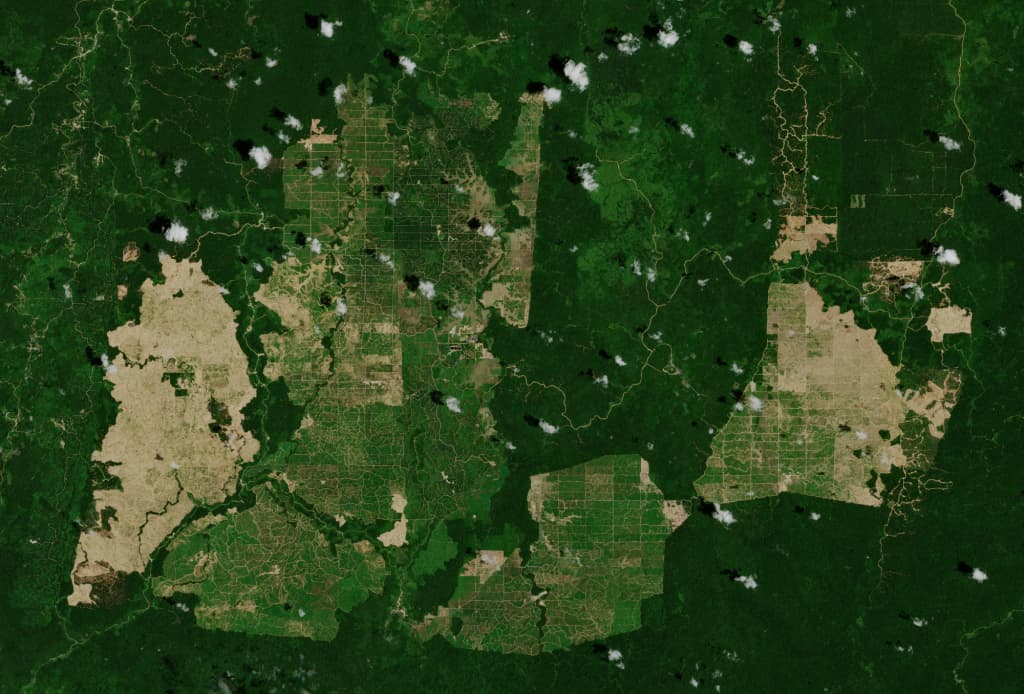NATURE

The importance of nature for our global economic system, and the nature-related financial risks and opportunities associated with rapid nature and biodiversity decline, have been increasingly acknowledged globally by corporates, financial institutions, regulators and policymakers. This culminated in the Kunming-Montreal Global Biodiversity Framework at the United Nations Biodiversity Conference (COP15) in Montreal in December 2022, when almost 200 countries agreed to new goals and targets to address biodiversity loss and restore ecosystems.
Before governments formally declared these nature and biodiversity ambitions at COP15, central banks had already understood that nature-related risks could have significant macroeconomic and financial implications. Central banks in the Netherlands and France have even started to quantify their respective jurisdictions’ exposure to these risks. Through the lens of ”double materiality” that covers both dependencies and impacts on nature, initiatives such as the Taskforce for Nature-related Financial Disclosures aim to assess the implications of nature loss and degradation for financial institutions.
As the availability and quality of natural resources and biodiversity is inherently location specific, analysing nature-related dependencies and impacts, and the risks associated with them, will require geospatial analysis. As this is a nascent field for financial institutions, more research on the topic is needed.
Main image: European Space Agency

